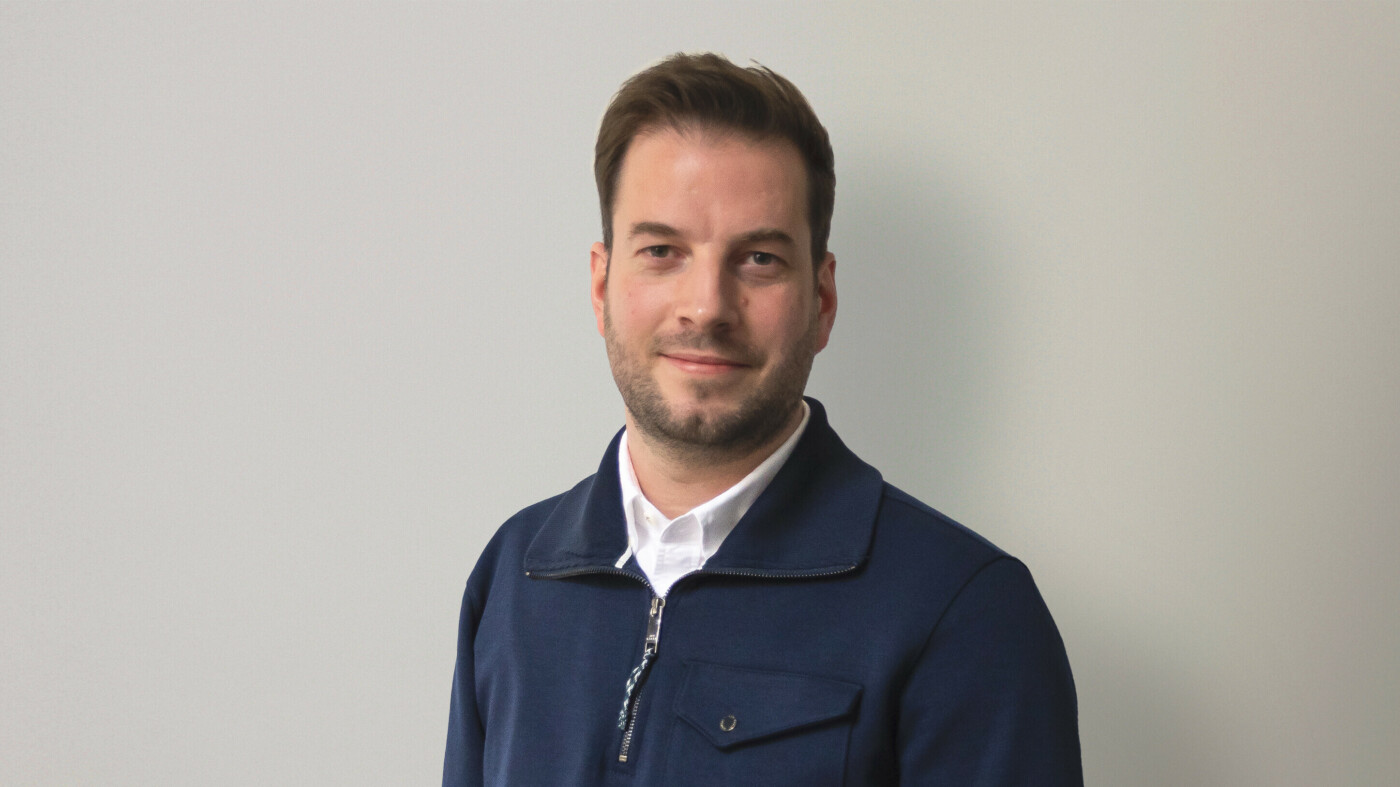Describe a typical day in your role at Endpoint. What aspects do you find most enjoyable?
My days vary, especially since I frequently travel between the UK and France, where my family is based near Paris. I usually start my day by reviewing my notes, deadlines, and tasks to prioritise my work. I then check my schedule for meetings and focus on various project stages, from initial concepts to implementation.
I handle various project stages, from inception to implementation. Recently, aside from a project for a global investment bank, most of my work has focused on the strategy stage.
What are some of the most memorable projects you've worked on at Endpoint, and how did you overcome any challenges?
A project for a global investment bank stands out as one of the most memorable. As one of Europe's largest refurbishment projects, it presented unique challenges, including a value engineering process. We've had to adapt our approach as needed throughout the project.
What do you consider your greatest professional achievement?
Outside of Endpoint, I'm particularly proud of delivering the wayfinding strategy and products for the new Royal College of Art building in Battersea.
From an Endpoint perspective, securing approval for external signage at Hyde, the hotel site directly opposite the Old Bailey in London, was a significant accomplishment. This was especially challenging due to strict conservation area regulations.
How do you stay inspired and ensure your designs remain fresh and innovative?
Working within a studio of creatives helps keep our designs fresh. We build on each other's experiences and knowledge through constant dialogue. We also stay updated by following design publications, social media, and attending exhibitions.
What current trends are you observing in the wayfinding design industry?
Integrating virtual reality and Building Information Modelling (BIM) is a significant trend. These technologies allow us to provide clients with virtual site tours and visualise signage placement before construction begins.
What do you enjoy doing outside of work?
With the warmer weather, I’ve been spending quality time with my family and enjoying various outdoor activities.



